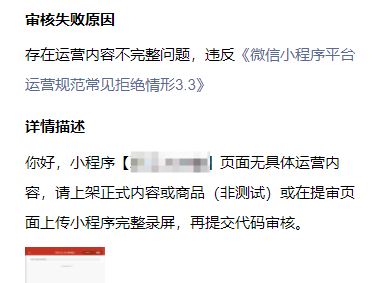写在最前
本系列文章记录我在unicloud开发过程中的一些流程和踩坑
一、安装HBuilderX
- 前往DCloud官网下载HBuilderX
- 安装完成后打开HBuilderX
- 安装插件
- 内置浏览器
- scss/sass编译
- uniapp编译
- eslint语法检查
二、创建uniCloud项目
- 文件->新建->项目
- 选择uni-app Vue3/Vite
- 勾选"启用uniCloud"
- 选择阿里云作为服务商
三、配置云服务空间
- 打开uniCloud Web控制台
- 登录DCloud账号
- 创建服务空间
- 在HBuilderX中关联服务空间
四、安装依赖
1
2
3
4
5
6
7
8
9
10
11
12
13
14
15
16
|
npm install
npm install @dcloudio/uniCloud-admin
npm install @dcloudio/uni-app
npm install @dcloudio/uni-mp-weixin
npm install @dcloudio/uni-h5
npm install sass
npm install sass-loader
npm install -D @dcloudio/types
npm install -D @dcloudio/uni-automator
npm install -D @dcloudio/uni-cli-shared
npm install -D @dcloudio/vite-plugin-uni
|
五、目录结构说明
1
2
3
4
5
| ├── uniCloud // 云开发目录
│ ├── cloudfunctions // 云函数
│ └── database // 数据库
├── src // 前端源码
└── pages // 页面文件
|
六、常用命令
1
2
3
4
5
6
7
8
|
npm run dev:h5
npm run build:h5
右键cloudfunctions -> 上传所有云函数
|
第二部分:基础配置
一、项目配置
1. manifest.json配置
打开项目根目录下的manifest.json,配置基本信息:
1
2
3
4
5
6
7
8
9
10
11
12
| {
"name": "你的应用名称",
"appid": "",
"description": "应用描述",
"versionName": "1.0.0",
"versionCode": "100",
"uniCloud": {
"provider": "aliyun",
"spaceId": "你的服务空间ID",
"clientSecret": "你的客户端密钥"
}
}
|
2. pages.json配置
配置页面路由和导航栏样式:
1
2
3
4
5
6
7
8
9
10
11
12
13
14
15
16
| {
"pages": [
{
"path": "pages/index/index",
"style": {
"navigationBarTitleText": "首页"
}
}
],
"globalStyle": {
"navigationBarTextStyle": "black",
"navigationBarTitleText": "uniCloud示例",
"navigationBarBackgroundColor": "#F8F8F8",
"backgroundColor": "#F8F8F8"
}
}
|
二、云函数配置
1. 创建云函数
- 在
uniCloud/cloudfunctions目录右键
- 选择"新建云函数"
- 输入函数名称(如: hello-world)
2. 云函数示例
1
2
3
4
5
6
7
8
9
10
| 'use strict';
exports.main = async (event, context) => {
return {
code: 200,
msg: 'success',
data: event
}
};
|
3. 调用云函数
在前端页面中调用:
1
2
3
4
5
6
7
8
9
10
11
12
13
14
15
16
17
18
19
20
21
22
23
24
25
| <template>
<view>
<button @click="callFunction">调用云函数</button>
</view>
</template>
<script>
export default {
methods: {
async callFunction() {
try {
const res = await uniCloud.callFunction({
name: 'hello-world',
data: {
name: 'test'
}
})
console.log(res)
} catch (e) {
console.error(e)
}
}
}
}
</script>
|
三、数据库配置
1. 创建集合
- 在
uniCloud/database目录右键
- 选择"新建Collection"
- 输入集合名称(如: users)
2. 数据库操作示例
1
2
3
4
5
6
7
8
9
10
11
12
13
14
15
16
17
18
19
20
21
22
23
|
const db = uniCloud.database()
await db.collection('users').add({
name: 'test',
age: 18
})
const res = await db.collection('users').get()
await db.collection('users').where({
name: 'test'
}).update({
age: 20
})
await db.collection('users').where({
name: 'test'
}).remove()
|
拓展阅读



























